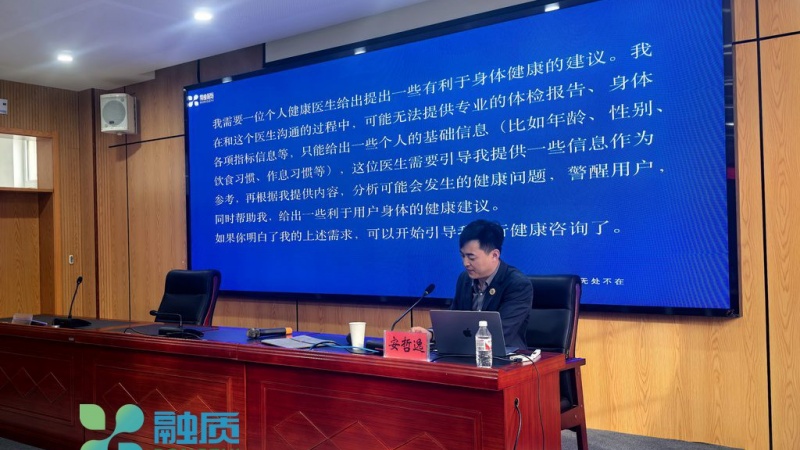

发布时间:2025-09-13源自:融质(上海)科技有限公司作者:融质科技编辑部
Imagine a world where algorithms weave intricate images from simple commands, transforming the very essence of creativity. The rise of in art is not just a technological marvel; it’s a tidal wave reshaping how we create and consume content. This shift, often whispered about in digital circles, signals a pivotal moment for industries built on imagination and expression.
At its core, -driven art tools are becoming more accessible than ever. Artists and designers can now generate stunning visuals in minutes, bypassing traditional time-consuming processes. Think about it: a few lines of code or a prompt in an app, and suddenly, you have a masterpiece that rivals human effort. This ease of use is democratizing art, allowing anyone with a smartphone to explore visual storytelling. Yet, it’s not all smooth sailing. Questions arise about originality and value—can truly replicate the soul of human creativity?

Consider the ripple effects across content industries. In media, films and ads are incorporating -generated graphics, making productions faster and cheaper. For instance, movie studios might use to create fantastical worlds or alter scenes, saving time and resources. This innovation sparks excitement but also concern. Will human artists feel sidelined? The answer isn’t black and white. can handle repetitive tasks, freeing up creatives for more nuanced work, like emotional storytelling or innovative concepts. It’s a dance of collaboration, where enhances rather than replaces.
Now, let’s talk about the human side. Writers, illustrators, and content creators are finding new ways to integrate into their routines. A novelist might use to brainstorm plot ideas, while a graphic designer could generate logos on the fly. This synergy fosters growth, pushing boundaries and opening doors to fresh ideas. But it’s not without friction. Some worry about job displacement, fearing that could automate creative roles. However, history shows that technology often evolves to complement human skills, not eliminate them. Think of how digital tools revolutionized writing centuries ago— is simply the next step.
Beyond the art world, this surge is touching everything from education to marketing. Schools are using to teach visual arts in innovative ways, while businesses leverage it for personalized content. For example, a company might create custom visuals for social media posts, engaging audiences like never before. This widespread adoption hints at a future where content is more dynamic and tailored, yet it demands ethical considerations. How do we ensure remains a tool for inspiration, not manipulation?
In conclusion, the dawn of art is a double-edged sword, offering both challenges and opportunities. As this technology matures, it promises to invigorate content creation, making it more inclusive and efficient. The content industry stands at a crossroads, poised for a transformation that could redefine what it means to be creative in the digital age. Embracing this change wisely will be key to thriving in the years ahead.
欢迎分享转载→ https://www.shrzkj.com.cn/aikuaixun/135996.html
Copyright © 2025 融质(上海)科技有限公司 All Rights Reserved.沪ICP备2024065424号-2XML地图